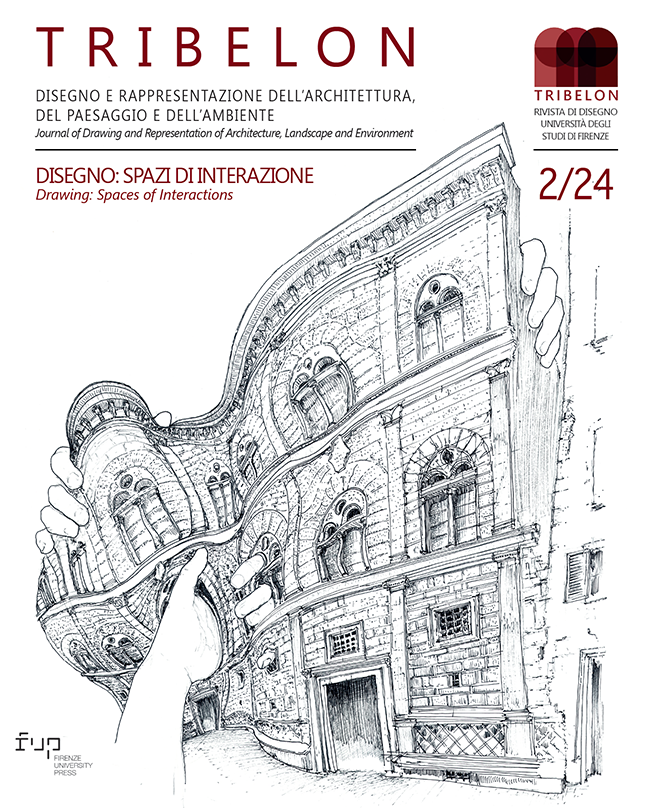Published 2024-12-19
How to Cite
Copyright (c) 2024 Giovanni Anzani

This work is licensed under a Creative Commons Attribution 4.0 International License.
Abstract
In this second instalment of the “graphic codes” column, we set out the basics of the ActiveX extensions and apply them in AutoCAD together with Visual LISP, the evolution of AutoLISP; the AutoCAD ActiveX Automation extensions form a communication protocol that makes it possible to manipulate AutoCAD programmatically, both from within and from outside AutoCAD. This is achieved by exposing AutoCAD objects to the “outside world”, making them accessible from many programming languages and environments and other applications.
ActiveX controls apply to various components arranged in a hierarchy, all of which can be identified as either objects or collections (sets of objects). Both are containers which, in what is termed the object model, make available: properties, which allow you to set or retrieve information about an object’s state; methods, which allow an action to be performed on an object; events, which are actions initiated by the user or occurrences to which a program responds. The topic provides an opportunity to produce a code listing containing forty-two auxiliary functions and two main functions which, given two circles, determine, and optionally draw, their radical axis and the Apollonius circle² uniquely associated with them.
References
- G. Anzani, Fasci di circonferenze, Lulu 2023.
- G. Anzani, Algoritmi di geometria descrittiva in AutoLISP su punti rette e piani, Lulu 2018.
- T. Bousfield, A practical guide to Autocad AutoLISP, Longman 1998.
- E. C. Jeffrey, Programmare AutoCAD con VBA, Mondadori Informatica 2002.
- R. J. Krawczyk, The codewriting, New Yorkworkbook – Creating computational architecture in AutoLISP, Princeton Architecture Press 2009.
- K. Standiford, AutoLISP to Visual LISP: design solution for AutoCAD, Thomson Learning (Autodesk Press), Canada 2001.
- R. Togores Fernández, C. Otero González, Programación en AutoCAD con Visual LISP, Mc Graw Hill, Madrid 2003.
- R. N. Togores, AutoCAD expert’s Visual LISP, Createspace Independent Pub, 2012.


